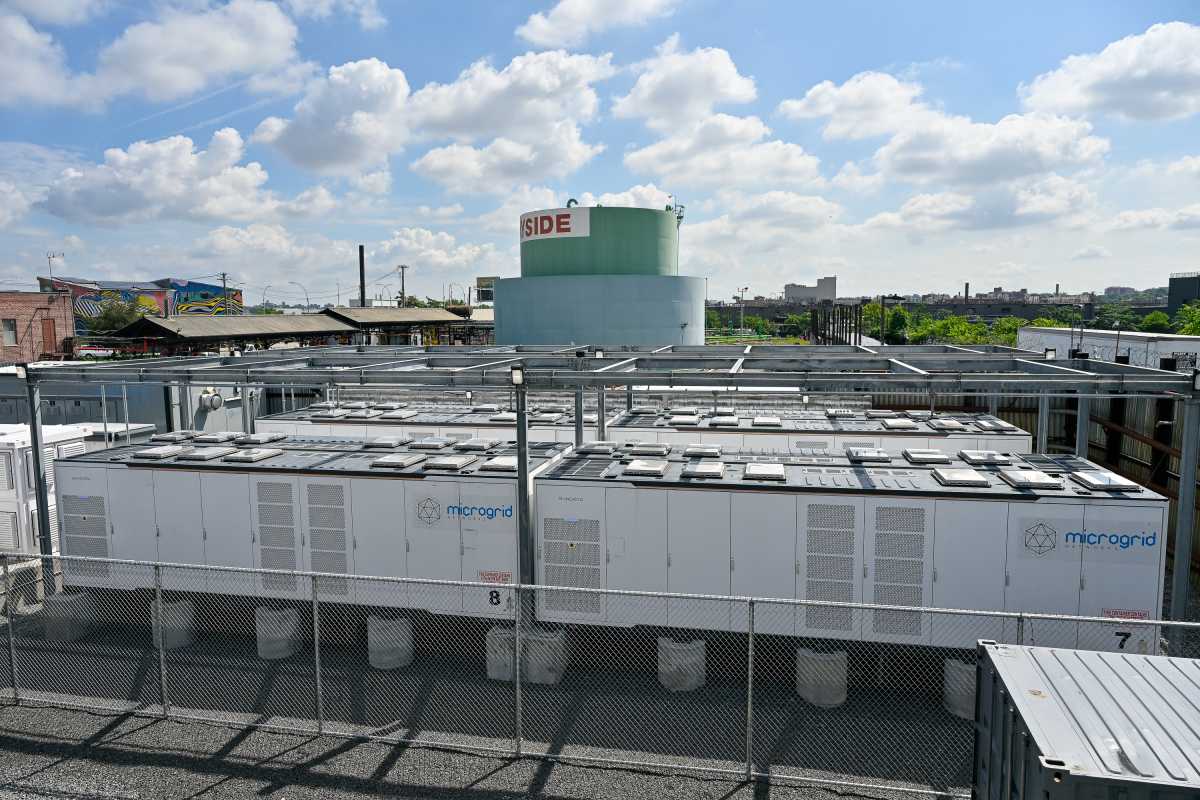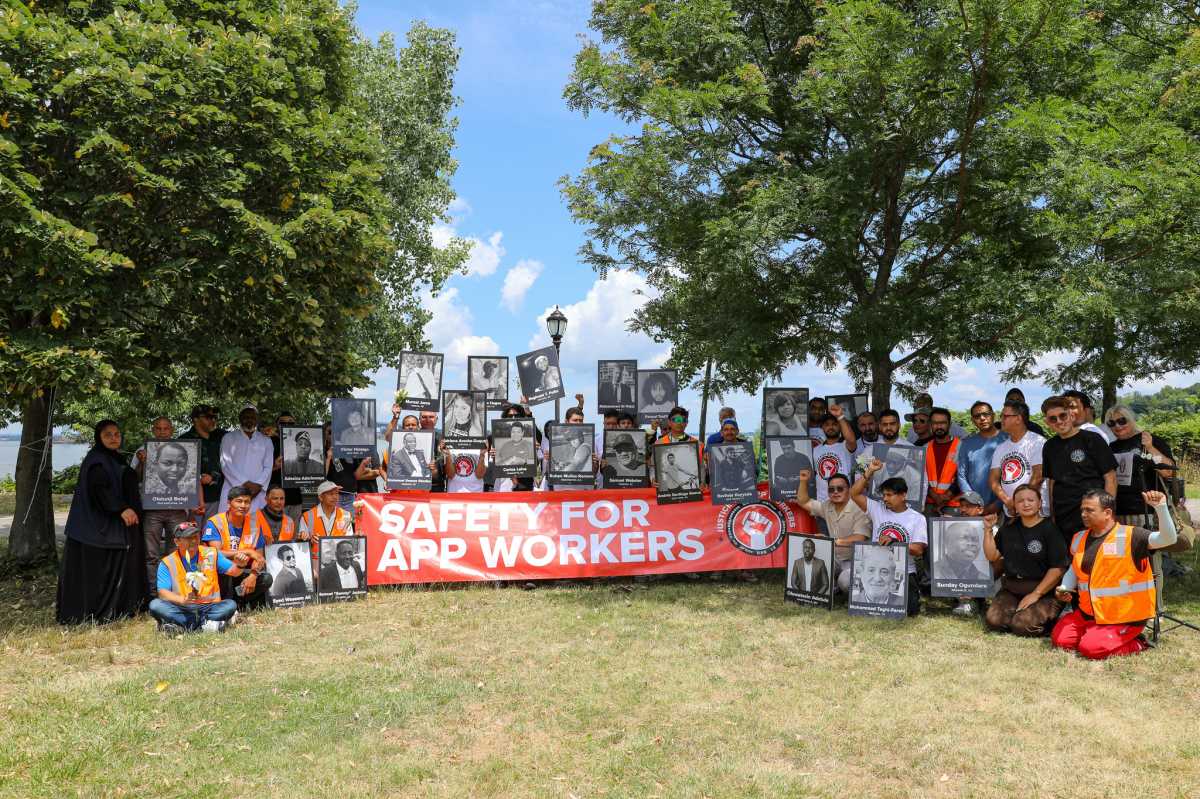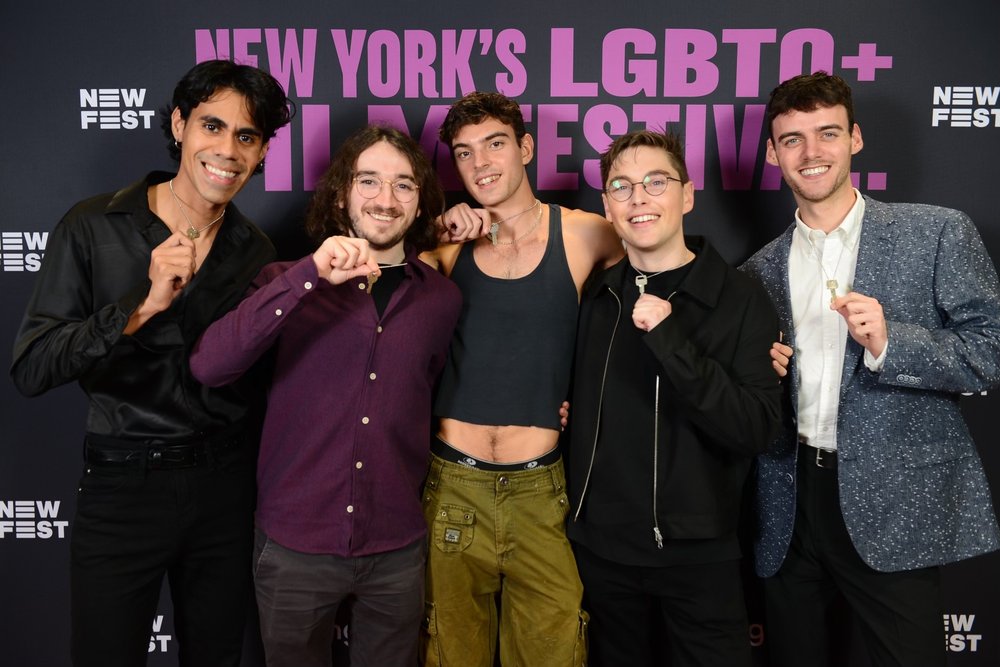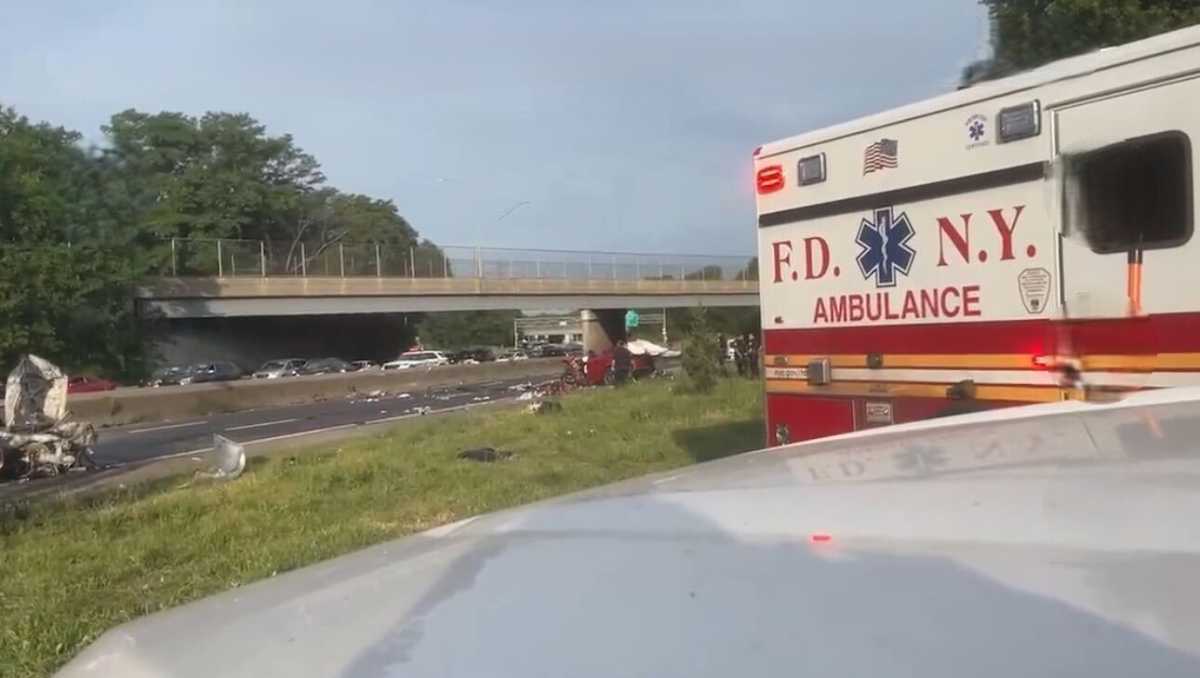By Julie Shapiro
World Trade Center developer Larry Silverstein said he is frustrated with the Port Authority not communicating with him about rebuilding the site.
Last summer, Silverstein and the Port worked together closely, sharing information and making plans that would enable Silverstein to build Towers 2, 3 and 4 on the site, Silverstein told State Assemblymembers at a hearing in Lower Manhattan Thursday.
Around Labor Day, “The meetings stopped,” Silverstein said. “And the next thing we knew is that we were no longer participants. We were being told what the delivery dates would be of the different components [of the W.T.C. site], as determined by the Port Authority without our input.”
That same lack of communication continues today, with infrequent meetings and no communication between top-level stakeholders, Silverstein said. After the Port unilaterally released the new timeline for the long-delayed, $10.9 billion project, Silverstein asked for the documents showing where those new dates came from. The documents, Silverstein said, have been “extremely slow in coming.”
“Every once in a while there’s a spurt of renewed activity between the staff at the Port Authority and ourselves,” Silverstein said. “But then, for some reason, things begin to decline.”
Since Silverstein does not have access to the Port’s detailed engineering information, he does not know how much stock to put in the new quarterly milestones the Port has begun to release. Chris Ward, the Port’s executive director, announced earlier this month that the Port met eight of the nine milestones for the last quarter of 2008 and he set new milestones for this quarter.
“A project this size literally has thousands of milestones,” Silverstein said. “It’s terribly important to be able to get behind the information, to validate it, to understand it.”
Ward said Thursday that he would release more detail about long-term milestones for the project, rather than just releasing small-picture goals quarter by quarter. He made similar statements in an interview with Downtown Express two weeks ago.
Assembly Speaker Sheldon Silver, who chaired Thursday’s hearing, suggested hiring an independent monitor to gather information from all the site stakeholders to determine whether the Port’s new timeline is realistic. Ward said the Port Authority is already handling that role and adding a layer of oversight is unnecessary.
Silverstein, though, called Silver’s proposal “a salutary idea.”
Silverstein compared the intricate 16-acre site to a jigsaw puzzle and said each of his towers must fit into the pieces of infrastructure the Port Authority is constructing. The interwoven nature of the site has repeatedly caused conflicts, most recently when the Port left a wall that supports the No. 1 subway standing where a column for Silverstein’s Tower 4 needed to go — a matter that was only resolved after an arbitration that resulted in the Port resuming payment of a $300,000-a-day penalty to Silverstein. The preparation of the sites for Towers 2, 3 and 4 was the one fourth-quarter milestone the Port missed, and Ward said Thursday it would take months to finish the work that was supposed to be done at the end of the year.
Silverstein also gave the example of the foundations of Towers 2 and 3, which both overlap with the PATH hub the Port is building and will have to be coordinated.
“You can’t take it piece by piece and develop [each piece] by itself,” Silverstein said. “It’s all integrated…. Transparency here is critical because the complexities are so great.”
Later in the hearing, Silver returned to his idea of an independent monitor and suggested that the Lower Manhattan Construction Command Center, which undertook a study several years ago showing that the site was far behind schedule, resume its watchdog role on a more permanent basis. Bob Harvey, L.M.C.C.C.’s executive director, sounded amenable to taking on the job.
The hearing was a rare occurrence when two of the biggest power players in Lower Manhattan development — the Port and the Metropolitan Transportation Authority – were in the same place.
Some other highlights of disclosures from the hearing:
*Lee Sander, C.E.O. of the M.T.A., said he was optimistic that the final federal stimulus bill, which passed the House yesterday, will include $497 million to complete the Fulton Transit Center. The new money would up the price tag by over 50 percent to about $1.4 billion. Sander said the added costs were due to rising construction and real estate acquisition costs over the last few years.
He did not dispute Speaker Silver’s assertion that the first submissions to the Obama administration and Congress for the stimulus package included no money for the Fulton Transit Center, and then more recently it was for $200 million. Even though the M.T.A. and Gov. Paterson have now upped the request to nearly $500 million, Sander also said he was hopeful that they have found cost saving options that will not require the full amount.
*Up until now, M.T.A. officials have insisted that the budget shortfall at Fulton has not slowed down the work since they continue to do underground work on the center. But Michael Horodniceanu, the M.T.A. capital-projects president, acknowledged Thursday that the M.T.A. could start right now working on the historic Corbin Building to incorporate it into the transit center if it had more money.
*The Port’s Ward said the memorial should be able to open permanently by the tenth anniversary of the attacks. Until now, the plan was to have the waterfalls at the tower footprints and a plaza with some trees open by Sept. 11, 2011, but then to close the memorial for a few years while the construction on the underground museum is completed. He said Thursday the memorial would remain open “with some form of public access” that would include safety measures for visitors to shield them from the construction. The details have not yet been decided.
Look for more details from the hearings at DowntownExpress.com and in next week’s hard copy edition.
With reporting by Josh Rogers


































